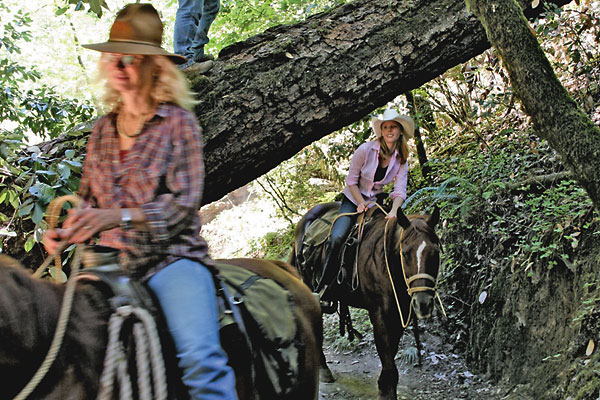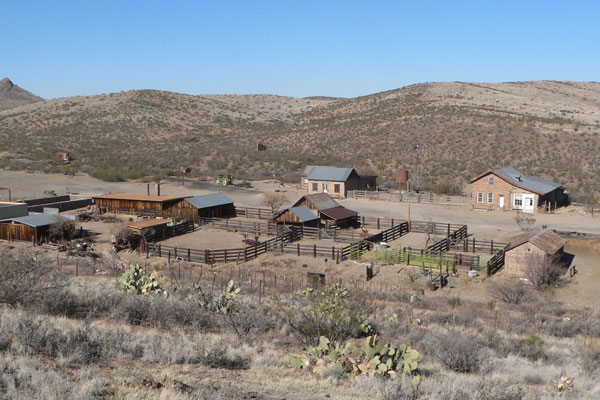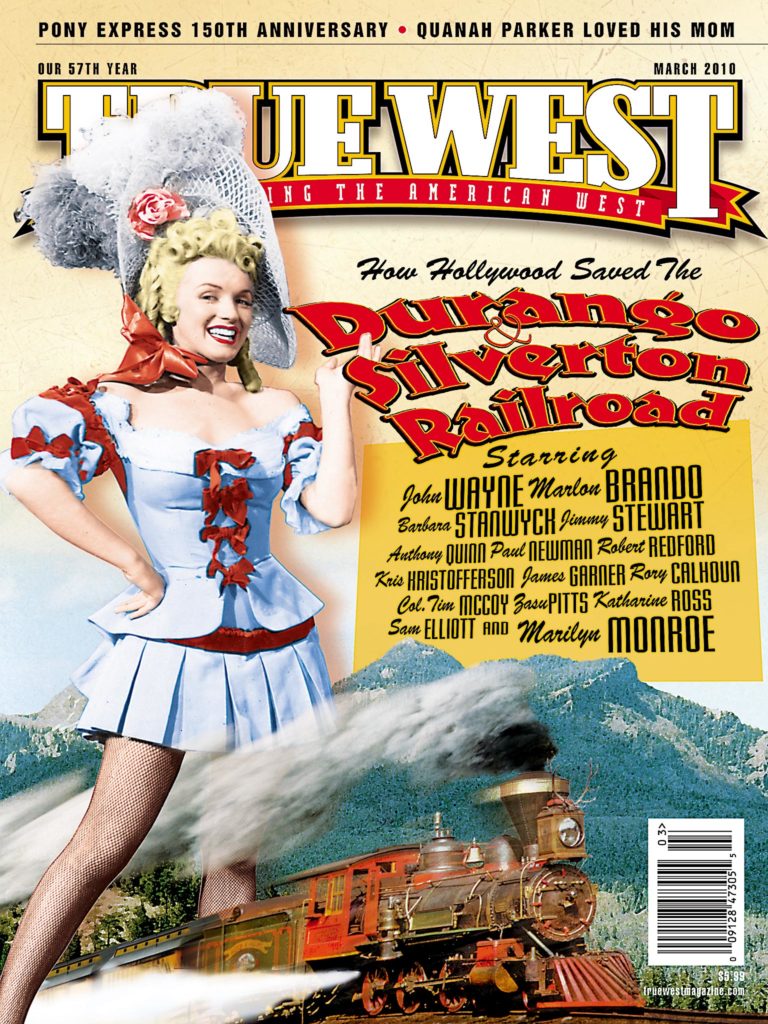
I can only imagine what the settlers of California’s Russian River must have thought as they stared up at the towering redwood trees.
I can only imagine what the settlers of California’s Russian River must have thought as they stared up at the towering redwood trees.
I know I was amazed as I rode in Armstrong Redwoods State Natural Reserve, beneath redwoods that rose up to the sky the length of a football field, with trunks the width of a truck.
Russian fur traders hunting coastal sea otters first came to the Russian River area in the early 1800s, followed later by loggers, who harvested the plentiful wood from the large trees. The wood was in great demand in nearby San Francisco, where it was used to build homes during California’s Gold Rush era. So many enormous redwoods were collected at camps along the Russian River, that one camp was given the name “Stumptown.”
If it hadn’t been for Civil War Col. James Armstong, who purchased and protected the area that is Armstrong Redwoods today, I probably wouldn’t be able to enjoy this 805-acre forest, where some trees are more than 1,000 years old. In the 1870s his sawmill was producing millions of board feet of lumber per year for his lumber business. The colonel saw something special in this redwood grove. Riding among the redwoods with naturalist Laura Ayers, I was beginning to understand what he might have seen.
Ayers’s love of horses and nature fuels her lifestyle, which, since 1983, has involved taking travelers like me out for riding tours via her and her husband Jonathan’s company Armstrong Woods Pack Station. I call it a lifestyle because anyone who has horses knows that it’s a full-time existence. Horses envelope you, showing you more of yourself and more of the world, making them an apt vehicle to explore a place like this redwood forest. As I walked along on patient Linton, a chestnut horse in his mid-teens, I was shown a world where the mere calm presence of these redwoods tells stories of the unique history of the area.
We passed by a hollowed out trunk, left over from a past fire. The thick bark of the redwood is amazingly resilient; its high levels of tannins help make them extra resistant to insects and fire. More of the core of this tree had burned than the outside, leaving a hollowed out area. Ayers tells me the settlers ran a fence around trunks like this, so they could use them as goose pens to contain their chickens and geese.
Linton and I passed under a fallen tree, standing diagonal to the ground. If you’ve ever thought about the philosophical query “If a tree falls in a forest and no one is around to hear it, does it make a sound?” Ayers will tell you that it does; it really does! She’s spent most of her life in that forest—long enough to hear a redwood fall. She says that it sounds like a giant boom, so loud that she didn’t know what it was at first. The ground shook, and she felt 1,000 years of history falling.
If you’re coming to ride with Ayers, I hope you get to ride a horse like Linton. I rode him with a simple bitless bridle, and he responded with even the slightest of cues, allowing me to examine the knobby burls on one tree and look up at the rays of light streaming through the branches high above. Ayers caters her day and overnight rides to beginners and experienced folks, matching each with a horse appropriate to the skill level.
It’s cool and quiet riding among the redwoods. Because of the deep shade, not as many plants blanket the ground and thus not as many critters choose to stay here. I listen, but I don’t even hear any birds. As we ride by a tree that has fallen across the trail and been cut to reveal its diameter and clear the way, I realize that it would take a long time to count the tree’s rings to reveal its age.
Even though Ayers rides here all the time, she says she always sees different things. The forest to her is special, just as it was to Col. Armstrong.
“I guess I feel that these trees are old souls,” says Ayers, as we stand in the shade. “You know they’ve seen so much. I mean here we are dwarfed by them riding through here, but they’ve seen other peoples, other cultures, so much of life. You know that we’re really insignificant, and it just kind of puts everything in perspective for me. You know it’s really hard to take yourself seriously, when you are dwarfed by these 1,000-plus year-old giants.”






